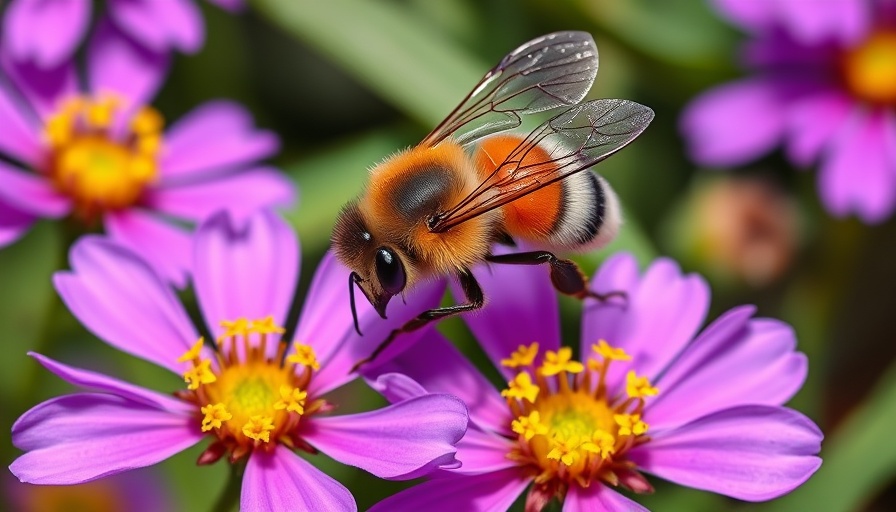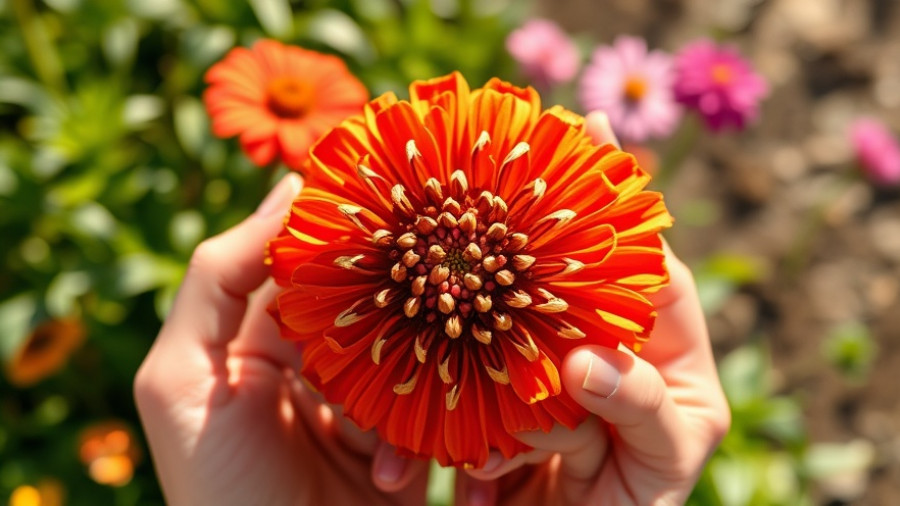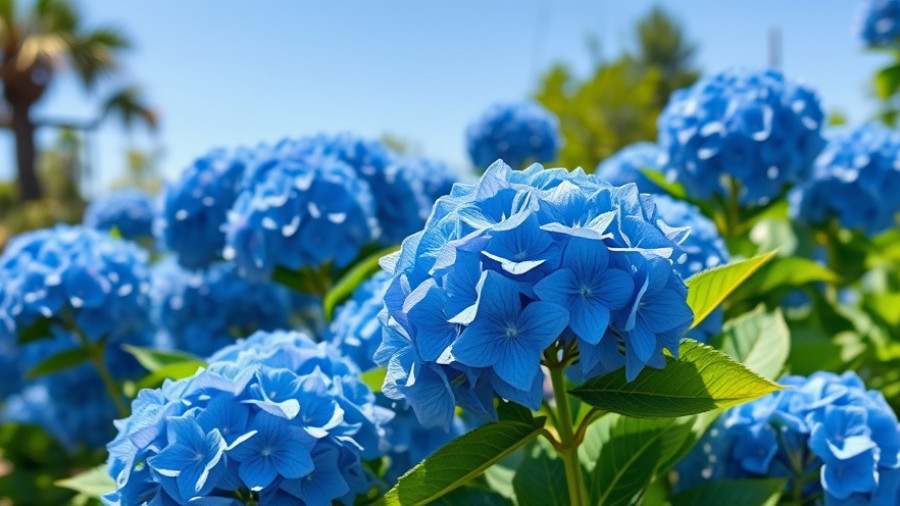
Understanding the Intricate Dance of Invasive Plants and Pollinators
As we embrace the beauty of our gardens and outdoor spaces, the presence of invasive plants can spark curiosity about their relationship with local pollinators. While many gardening enthusiasts strive for a harmonious balance between nature and cultivation, the reality of invasive species often complicates our efforts. Are these foreign flora simply nuisances, or do they play a critical role in pollinator strategies?
The Dual Nature of Invasive Plants
Invasive plants are species that thrive outside their native habitat, frequently outcompeting local flora for resources and space. This creates a challenging environment for indigenous plants, which have evolved alongside pollinators adapted to them. However, some invasive plants can also offer floral resources for pollinators, often blooming at times when native flowers are scarce.
For example, species like Japanese Knotweed and Purple Loosestrife may attract bees, butterflies, and other benefactors that are scrambling to find sustenance. Yet, while these plants may bring temporary relief to hungry pollinators, they threaten ecological balance and the survival of native species that are critical for our ecosystems.
The Pollinators’ Perspective
Pollinators such as bees and hummingbirds require diverse plant offerings to thrive. Given that invasive plants often bloom earlier or later than native varieties, they have the potential to extend the foraging season for these creatures. However, the food source provided is not without risks, as many invasive plants produce less nutritious pollen or nectar compared to native species.
As a gardener, being mindful of what supports pollinator health is essential. While integrating some non-native plants may appear beneficial in the short term, focusing on native plant species can provide a more sustainable and healthy ecosystem. Native plants, often perfectly adapted to local wildlife, can offer a better quality of resources throughout the pollinator's life cycle.
Creating a Harmony in Your Garden
For those passionate about outdoor living and gardening, the challenge lies in creating spaces that celebrate biodiversity while minimizing the prevalence of invasive species. Implementing garden planning tips focused on native biodiversities can yield a vibrant and welcoming environment for pollinators.
Consider incorporating raised garden beds featuring indigenous flowers and herbs that are known to attract local pollinators. This not only assists pollinator populations but also enhances the aesthetic of your outdoor space. Balancing aesthetics with ecology creates gardens that are not only attractive but also actively contribute to the natural world.
Actionable Tips for Sustainable Garden Design
Thinking about revitalizing your outdoor area? Here are some actionable tips for eco-friendly yard care:
- **Focus on Native Plants:** Select native species that bloom in succession to provide consistent forage for pollinators year-round.
- **Container Gardening Strategies:** Use container gardening for smaller spaces to include pollinator-friendly plants that prevent the encroachment of invasives.
- **Seasonal Planting Guides:** Research seasonal planting schedules to ensure continuous bloom times and health of your pollinator species.
- **Low Maintenance Landscaping:** Opt for drought-resistant and low maintenance native plants to maintain aesthetic appeal without the environmental impact.
- **Mulching Tips:** Utilize organic materials for mulching to suppress invasive growth and promote soil health.
Creating a garden space that nourishes both the ecosystem and personal tranquility is achievable with these strategic approaches. Whether you are considering flower bed layouts or outdoor kitchen designs, always keep the greater ecological picture in mind!
Final Thoughts: A Call for Conscious Gardening
As our understanding of pollinator needs and invasive species grows, so does our responsibility as gardeners and outdoor living enthusiasts. By making informed decisions about the plants we choose and their compatibility with local ecosystems, we can create revitalizing spaces that honor both beauty and biodiversity.
Are you ready to take action in your backyard? Explore native plants that celebrate your local environment and promote pollinator health. Together, let's nurture the landscape we love, ensuring it thrives both now and for future generations!
 Add Row
Add Row  Add
Add 




Write A Comment